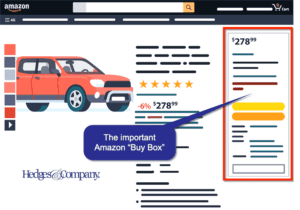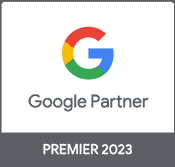Amazon FBA vs FBM, and Amazon FBA Startup Costs
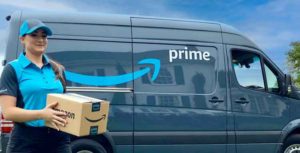
We help you navigate Amazon Fulfilled by Merchant vs. Amazon FBA in this article as well as talk about Amazon FBA startup costs.
If you’re an auto parts or accessories seller on Amazon, FBA vs. FBM raises a lot of questions. Switching from Fulfillment by Merchant (FBM), or from a drop shipping model, over to Fulfillment by Amazon (FBA) can be a challenge. You need to consider your strategy and startup costs.
Switching to Amazon FBA has benefits like reaching a larger customer base for your automotive parts and accessories.
It also gives you reliable shipping for your customers and a much better chance to win the coveted Amazon Buy Box.
Winning the Buy Box is a huge revenue benefit, since over 83% of sales made on Amazon are from products in the Buy Box!
Amazon FBA startup costs for auto parts and accessories
Amazon FBA vs. FBM: FBA stands for Fulfilled by Amazon, where Amazon stores and ships products. FBM stands for Fulfilled by Merchant, where a seller uses Amazon for a product listing but is responsible for warehousing and shipping.
Shifting from Amazon FBM to Amazon FBA has startup costs to consider and requires strategic planning.
![]() To help you navigate through the Amazon maze, we reached out to the experts at Tromml. They specialize in making order reconciliation simple, preventing unnoticed losses and improving profits. Even better, Tromml has a lot of experience in the automotive aftermarket industry.
To help you navigate through the Amazon maze, we reached out to the experts at Tromml. They specialize in making order reconciliation simple, preventing unnoticed losses and improving profits. Even better, Tromml has a lot of experience in the automotive aftermarket industry.
Many sellers believe that transitioning to Amazon FBA is an all-or-nothing approach. But that’s a myth.
It’s important to know you can choose what parts of your business to shift to FBA and what remains under your current FBM model. This is essential in the auto parts and accessories market, where sellers have a wide range of sizes, weights, and even regulations.
What is the Amazon Buy Box? The Buy Box is in the upper right corner of an Amazon product page, with the orange “Add to Cart” button. Below that are additional merchants listed under “Other Sellers On Amazon.” Over 80% of Amazon’s product sales come from products in the Buy Box.
Using a mixed-model approach to FBA has some distinct advantages. This is where some items are sold through FBM and others through FBA. This can be a more profitable and balanced strategy, according to the experts at Tromml.
To better illustrate this transition, let’s ride shotgun with “Tim,” a seasoned Amazon FBM auto parts seller. He’s getting ready for a pivot to Amazon FBA. He’s eager to tap into its benefits, but equally aware of the need for a well-planned roadmap.
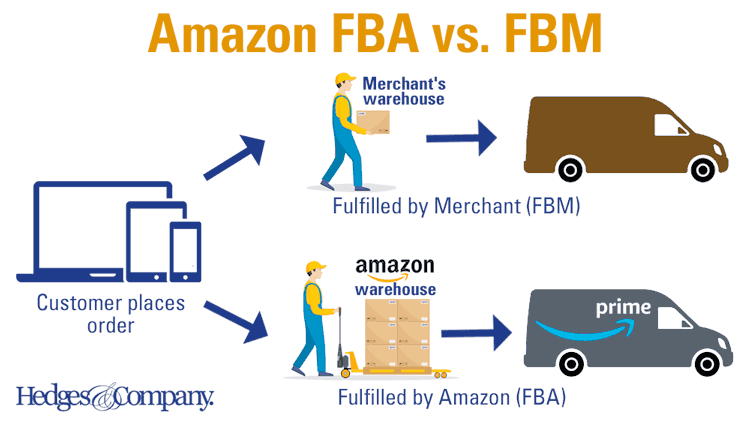
CLICK TO ENLARGE: This infographic quickly shows the difference between Amazon FBA and FBM. With FBA the merchant is responsible to warehouse and ship the product to the customer.
Amazon FBA startup costs affected by the right parts
Starting on his Amazon FBA journey, Tim’s first task is deciding which parts of his extensive auto parts inventory to choose. He’s got everything from spark plugs to heavy car batteries in his product lineup. FBA startup costs depend on product size and weight, so he knows that transitioning larger items risk a heftier price tag.
To turbocharge his profits, he analyzes each product’s selling rate, profit margin under FBM, and projected sales growth on FBA. This analysis leads him to pick smaller, high-demand items like brake pads and air filters for launching his FBA venture.
List of costs on the transition from FBM to FBA
The initial investment in an FBA venture can vary widely across categories in the auto parts and accessories sector. Here are some statistics from a survey conducted by Jungle Scout:
- 18% of sellers began selling using FBA with an investment of $500 or less
- 12% of sellers began with $501–$1,000
- 15% of sellers launched with $1,001–$2,500
- 21% of sellers kicked off with $2,501–$5,000
- 13% of sellers began with $5,001–$10,000
- 22% of sellers initiated their journey with more than $10,000
Guided by these stats, Tim maps out his budget. Here are real-world examples of costs for auto parts sellers:
- Initial inventory investment shipped to Amazon: $3,000
- Shipping costs for sending inventory to Amazon’s warehouses: $600
- Amazon FBA fees for storage and fulfillment: $1,200
- Provision for Removal or Disposal Fees: $300
- Preparation Costs to meet Amazon’s packaging and labeling guidelines: $200
Tim’s total startup cost revs up to approximately $5,300 with these estimates.
Breakdown of Amazon FBA startup costs
On the FBA roadway, Tim finds several recurring costs demanding regular attention, akin to routine maintenance for a vehicle.
- Amazon Fulfillment Fees: These cover storage, picking, packing, and shipping costs. Tim’s costs here hinge on product size and weight.
- Amazon Storage Fees: With his products parked in Amazon’s warehouses, Tim needs to factor in storage fees, which fluctuate seasonally.
- Amazon Removal and Disposal Fees: When certain products don’t sell or become obsolete, Tim sets aside a budget for their removal or disposal.
- Labeling and Preparation Costs: Amazon’s specific packaging and labeling rules lead to additional costs, including a $0.55 fee per item for barcode application.
- Amazon Shipping Costs: Now, Amazon handles picking, packing and shipping, but these costs are bundled into Tim’s FBA fees, also calculated based on product size and weight.
So, what does it cost to sell FBA? There are two selling plans, Individual ($0.99 per item sold) and Professional ($39.99 per month). Generally, the Professional level is for selling more than 40 parts per month and will apply to most Amazon merchants selling auto parts.
There is also an Amazon referral fee of 12%, with a $0.30 minimum fee, for each item sold. Tires are 10%/$0.30 and tools are 15%/$0.30.
There is also an FBA fulfillment fee ranging from $3.22 for the smallest item, up to $158.49 plus $0.83 per pound above first 90 pounds. If you qualify for the “Small and Light” program the fulfillment fees drop to as low as $2.47 per item. Most automotive parts and accessories don’t tend to be small enough.
Then there are Amazon storage fees. From January through September these range from $0.87 per cubic foot for standard items, down to $0.56 per cubic foot for oversize. From October through December, Amazon’s busiest time, the fees are $2.40 per cubic foot for standard, and $1.40 per cubic foot for oversize.
There may be additional fees such as a refund administration fee or aged inventory surcharge not included in the $5,300 estimate.
Analyzing your Amazon profitability
Transitioning to Fulfillment by Amazon (FBA) for auto parts sellers is a complex, yet rewarding endeavor, as highlighted by Tim’s experience.
Beyond factors like product weight and size, the folks at Tromml point out you should conduct a comprehensive profitability analysis. While Amazon FBA can boost sales volume of parts and accessories, it’s crucial to realize that this doesn’t necessarily mean greater profits for every SKU. Therefore, a detailed SKU profitability analysis is vital.
A profitability analysis helps Amazon sellers to identify the products that are best suited for FBA, those yielding the highest income, and those requiring reevaluation or adjustment.
In addition, keeping an eye on product movement within Amazon’s warehouses is crucial to avoid long-term storage fees and to confirm the effectiveness of FBA sales.
The journey of FBA transition isn’t linear. It is filled with opportunities that can lead to substantial gains in sales and profits when managed well. Navigating this competitive marketplace successfully requires a robust, data-driven approach. By continuously evaluating, adjusting, and making strategic decisions, sellers can effectively handle market complexities. This proactive methodology not only optimizes profitability for your Amazon store, but also uncovers the full growth potential of your entire auto parts business.
Additional Amazon resources to use:
Amazon guide to fulfillment: click here.
Amazon pricing: click here.
How FBA works: click here.
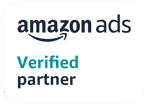 If you need an agency to help with advertising on Amazon, we’re an Amazon Ads Verified Partner agency, too. We can help you reach more auto parts and accessories buyers on this huge marketplace.
If you need an agency to help with advertising on Amazon, we’re an Amazon Ads Verified Partner agency, too. We can help you reach more auto parts and accessories buyers on this huge marketplace.

